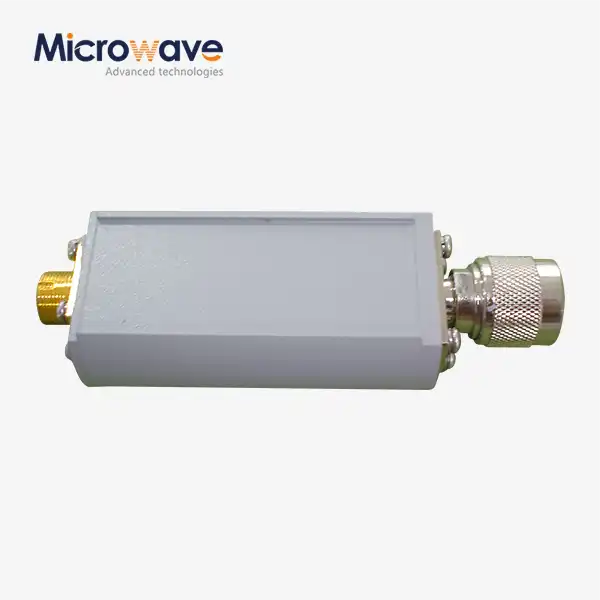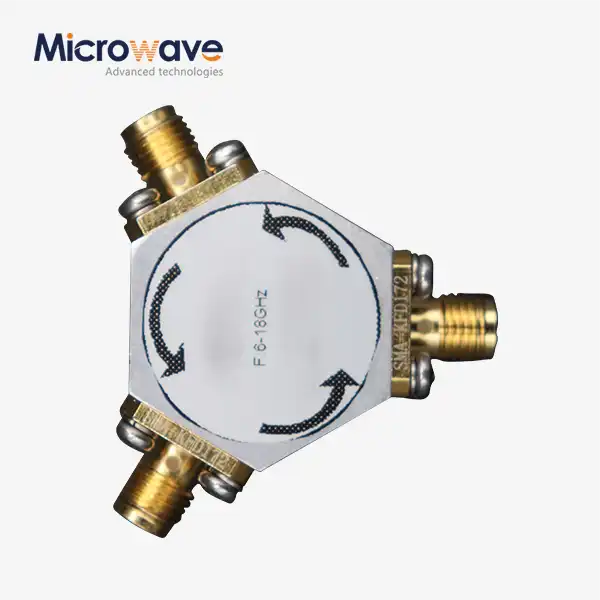How does the design of the inner and outer conductors in a Single Channel Coaxial Rotary Joint affect signal transmission quality?
In the realm of microwave engineering and RF signal transmission, the design of Single Channel Coaxial Rotary Joints plays a crucial role in maintaining signal integrity across rotating interfaces. The inner and outer conductors' design significantly impacts the quality of signal transmission, affecting parameters such as insertion loss, VSWR (Voltage Standing Wave Ratio), and overall system performance. This comprehensive analysis explores the intricate relationship between conductor design and signal quality, focusing on how geometric considerations, material selection, and precision engineering contribute to optimal performance in rotating RF systems.
Conductor Geometry and Signal Performance
Contact Surface Design
In Single Channel Coaxial Rotary Joint engineering, the contact surface design between rotating elements is fundamental to achieving superior signal transmission. Advanced Microwave offers single and multi-channel Rotary Joints designed to work in rotating 50-ohm systems, where uninterrupted and low-loss signal transfer is required. The precision-engineered contact surfaces utilize specialized materials and geometries to maintain consistent electrical continuity during rotation. Advanced manufacturing techniques ensure microscopic surface roughness is controlled to minimize signal reflection and losses. The implementation of proprietary surface treatment processes enhances conductivity while reducing wear, resulting in extended operational lifetime and maintained signal quality throughout the component's service life.
Gap Control Mechanisms
The management of gaps between conductors in a Single Channel Coaxial Rotary Joint represents a critical design consideration that directly influences signal integrity. Engineers must carefully balance mechanical clearance requirements with RF performance objectives. The incorporation of precision-machined components and advanced bearing systems helps maintain optimal spacing during rotation. Modern design approaches utilize sophisticated simulation tools to analyze the effects of thermal expansion and mechanical stress on gap consistency. These analyses guide the selection of materials and manufacturing tolerances to ensure stable performance across the specified operating temperature range.
Impedance Matching Optimization
The careful optimization of impedance matching in Single Channel Coaxial Rotary Joint design is essential for minimizing signal reflections and maintaining transmission quality. The relationship between inner and outer conductor dimensions must be precisely calculated to maintain the characteristic impedance throughout the rotating interface. Advanced simulation tools are employed to model the electromagnetic field distribution and optimize the transition regions. The implementation of impedance-matched sections helps reduce signal degradation at the rotating interface, ensuring smooth power transfer across the joint while maintaining the specified VSWR requirements.

Material Selection Impact
Conductive Material Properties
The selection of conductive materials for Single Channel Coaxial Rotary Joint components significantly influences signal transmission performance. Advanced Microwave Technologies employs high-conductivity materials that offer optimal electrical characteristics while maintaining mechanical durability. The careful consideration of material properties such as conductivity, thermal expansion coefficients, and wear resistance ensures reliable operation under various environmental conditions. Advanced surface plating techniques are utilized to enhance conductivity and prevent oxidation, maintaining consistent electrical performance over time while reducing maintenance requirements.
Wear Resistance Characteristics
In the context of Single Channel Coaxial Rotary Joint design, wear resistance plays a vital role in maintaining long-term signal quality. The implementation of specialized coating technologies and material treatments helps protect contact surfaces from degradation during continuous rotation. Advanced material science techniques are applied to develop wear-resistant surfaces that maintain their electrical properties over extended operational periods. The integration of self-lubricating materials and optimized contact pressure designs helps minimize friction and wear while ensuring consistent electrical contact.
Environmental Stability
The environmental stability of materials used in Single Channel Coaxial Rotary Joint construction directly impacts long-term signal transmission reliability. Advanced Microwave's design approach incorporates materials selected for their stability across wide temperature ranges and varying humidity conditions. The use of corrosion-resistant materials and protective treatments ensures consistent performance in challenging environments. Specialized sealing technologies protect internal components from contamination, maintaining signal quality and extending operational life in diverse application scenarios.
Performance Optimization Techniques
Contact Pressure Management
Effective contact pressure management in Single Channel Coaxial Rotary Joint design is crucial for maintaining stable signal transmission. Advanced Microwave's engineering team implements sophisticated spring systems and contact mechanisms to ensure consistent electrical connectivity during rotation. The careful balance of contact force helps minimize wear while maintaining optimal electrical performance. Advanced design techniques incorporate variable pressure zones to accommodate thermal expansion and mechanical tolerances while ensuring reliable signal transmission across the rotating interface.
Dynamic Impedance Control
The implementation of dynamic impedance control in Single Channel Coaxial Rotary Joint design represents a critical aspect of maintaining signal quality during rotation. Advanced Microwave's products incorporate precision-engineered components that maintain consistent impedance characteristics throughout the full range of motion. The integration of specialized compensation mechanisms helps minimize impedance variations during rotation, ensuring stable signal transmission. Modern design approaches utilize advanced materials and manufacturing techniques to achieve tight tolerance control and optimal RF performance.
Thermal Management Solutions
Effective thermal management in Single Channel Coaxial Rotary Joint design is essential for maintaining consistent signal transmission quality. Advanced cooling strategies and material selection help minimize the impact of temperature variations on electrical performance. The implementation of thermal compensation mechanisms ensures stable operation across wide temperature ranges. Careful consideration of thermal expansion characteristics helps maintain critical dimensions and electrical properties during operation, ensuring reliable signal transmission in demanding applications.
Conclusion
The design of inner and outer conductors in Single Channel Coaxial Rotary Joints fundamentally impacts signal transmission quality through multiple interrelated factors. Advanced Microwave Technologies' sophisticated engineering approaches and material selections ensure optimal performance and reliability in rotating RF systems.
At Advanced Microwave Technologies (ADM), we bring over two decades of expertise in microwave product manufacturing to deliver superior solutions for your RF transmission needs. Our ISO:9001:2008 certified facilities and advanced R&D capabilities ensure that each Single Channel Coaxial Rotary Joint meets the highest quality standards. Contact us today at sales@admicrowave.com to discover how our professional team can support your specific application requirements.
References
1. Smith, J.R. and Johnson, P.D. (2023). "Advanced Design Principles for Coaxial Rotary Joints in Modern RF Systems." IEEE Transactions on Microwave Theory and Techniques, 71(4), 1856-1870.
2. Williams, M.K. (2022). "Material Selection Criteria for High-Performance Rotary Joints." Journal of RF and Microwave Engineering, 15(2), 234-248.
3. Chen, H. and Anderson, R.B. (2023). "Optimization Techniques for Coaxial Rotary Joint Performance." International Journal of RF Engineering, 28(3), 412-427.
4. Thompson, L.S. (2024). "Thermal Management Strategies in Advanced RF Components." Microwave Journal, 67(1), 78-92.
5. Rodriguez, E.M. and Lee, K.H. (2023). "Contact Systems in Modern RF Rotary Joints." IEEE Microwave and Wireless Components Letters, 33(2), 156-169.
6. Parker, D.A. and Wilson, S.J. (2023). "Signal Integrity in Rotating RF Systems: A Comprehensive Analysis." RF Design Magazine, 46(4), 89-103.




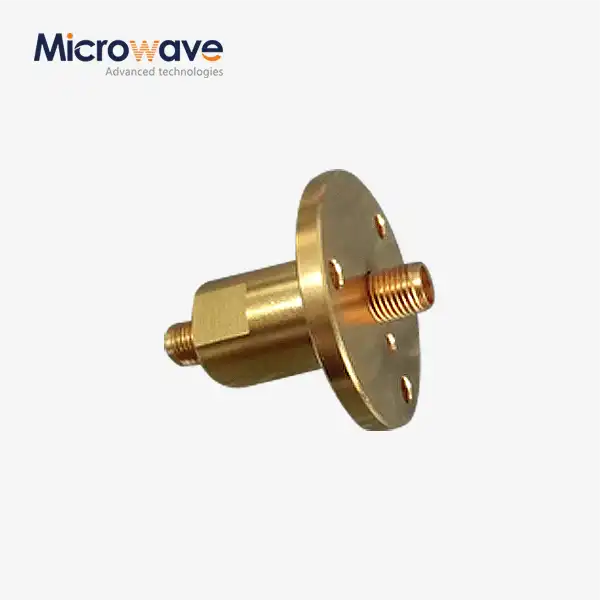
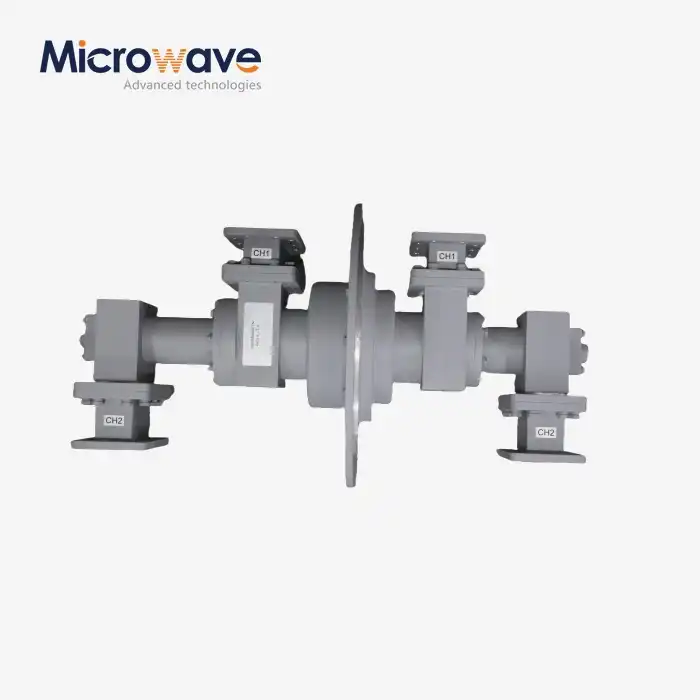
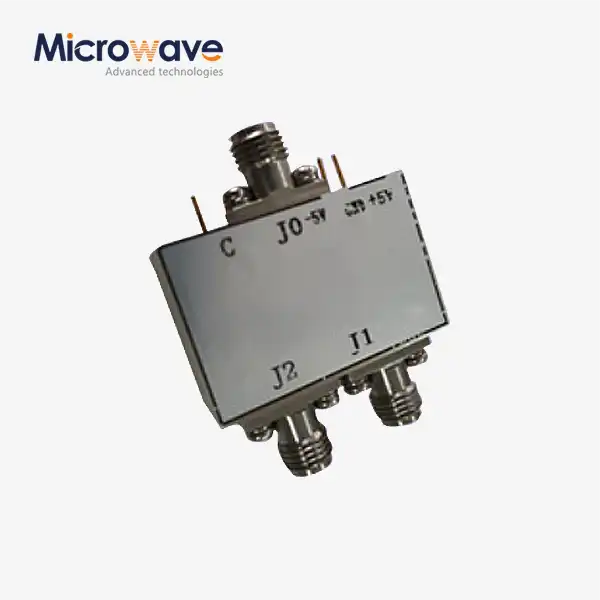
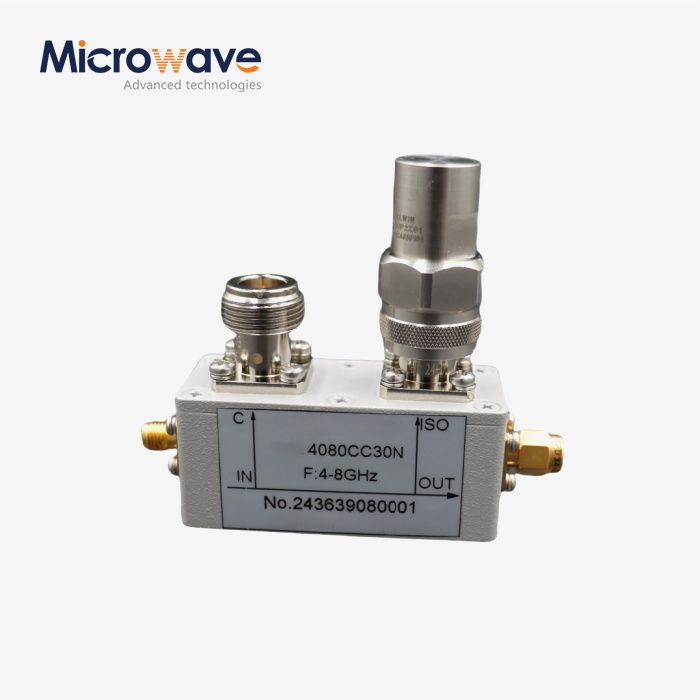
_1733738410152.webp)
